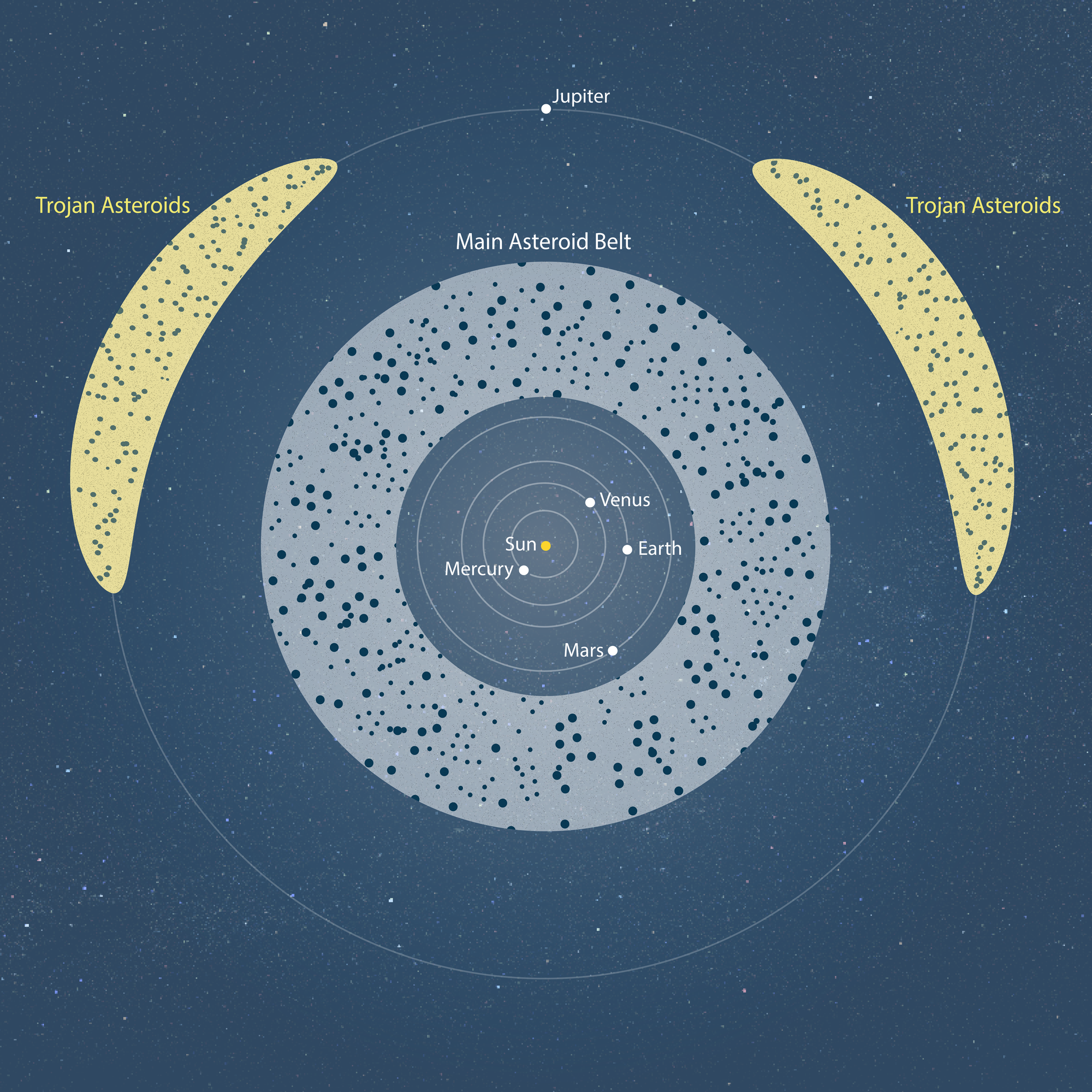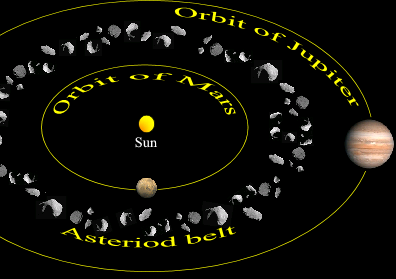The Asteroid Belt: Home to Space Rocks
Uncover the mysteries of the asteroid belt: its location, formation, and future. Discover fascinating facts about Ceres and Trojan asteroids.

If you've ever wondered what lies between the orbits of Mars and Jupiter, then look no further than the asteroid belt - a region of our solar system that is brimming with space rocks.
In this article, we'll explore what the asteroid belt is, where it's located, how it formed, and what the future holds for this fascinating celestial feature.
What is the Asteroid Belt?

The asteroid belt is a vast expanse of space located between the orbits of Mars and Jupiter.
It is estimated to be about 329 million miles wide and is home to millions of small rocky objects known as asteroids.
These asteroids vary in size, ranging from mere specks to several miles in diameter.
Asteroid Belt Facts

Here are some interesting facts about the asteroid belt:
1. Formation
The asteroid belt is believed to have formed from the remnants of early planetesimals - small rocky bodies that were the building blocks of planets. Due to the gravitational influence of Jupiter, the planetesimals couldn't coalesce into a planet, leading to the formation of the asteroid belt.
2. Sparse Distribution
Despite its name, the asteroid belt is not a crowded and chaotic place. The asteroids are spread out with vast distances between them, making the chance of collisions between asteroids relatively low.
3. Ceres - The Largest Asteroid
The largest asteroid in the asteroid belt is Ceres, measuring about 590 miles in diameter. In fact, it is so large that it is classified as a dwarf planet.
4. Trojan Asteroids
The asteroid belt is not alone in its region of space. In the vicinity of Jupiter's orbit, there are groups of asteroids known as Trojan asteroids. These asteroids are locked in stable positions relative to Jupiter and share its orbit.
The Future of the Asteroid Belt

While the asteroid belt may seem like a chaotic place, it has captured the attention of scientists and space exploration enthusiasts.
In recent years, there has been growing interest in studying asteroids as potential targets for space missions, mining resources, and even as potential threats to Earth.
NASA and other space agencies have sent spacecraft, such as the Dawn mission, to explore specific asteroids within the belt.
These missions aim to gather valuable data about the composition, structure, and history of these fascinating space rocks.
So, the next time you gaze up at the night sky, take a moment to appreciate the vastness of the universe and the wonders that lie within the asteroid belt.






